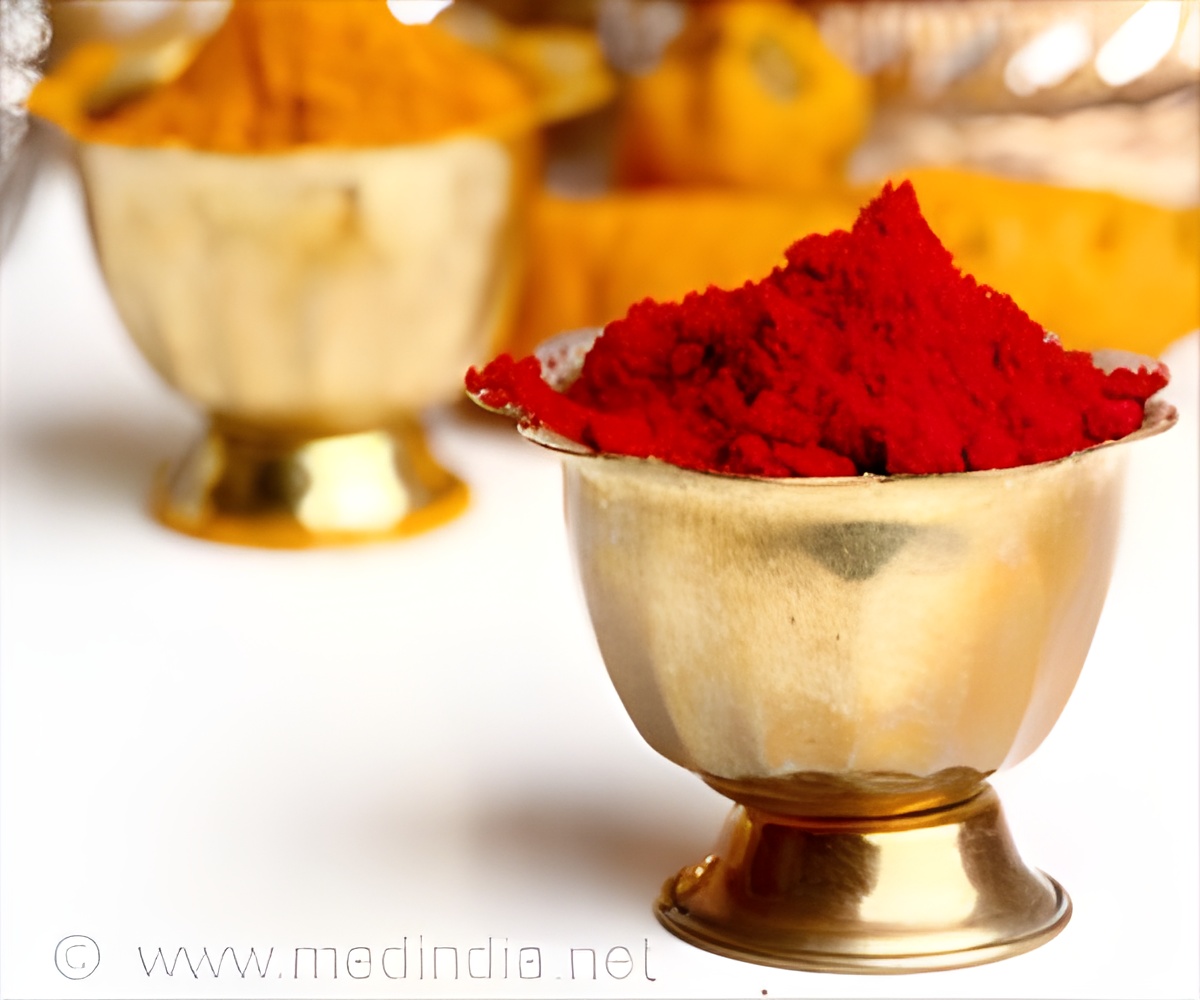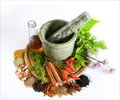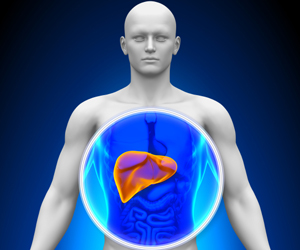The US Center for Disease Control and Prevention has found 61 children of Asian descent (specifically, Indians, Pakistanis and Afghans) with elevated blood lead levels (BLLs) in North Carolina.

‘Lead toxicity affects children's brain development, causes anemia, hypertension, renal impairment, immuno-toxicity and toxicity to the reproductive organs.’





A recent meta-analysis identified 1,066 articles on blood lead levels in various Indian populations (Environment International, December 2018). The researchers estimated that lead exposure resulted in 4.9 million Disability Adjusted Life Years - 4.9 million years lost due to ill health, disability or early death. Worldwide, this number for 2016 is 13.9 million years. Researchers from Aligarh Muslim University and King George Medical University reported in Indian Pediatrics of January 2018 that 44.2 per cent of children in their study had blood lead levels above 10 microgramme per dL (100 ml), the WHO cutoff.
Researchers from CMC Vellore reported similar results (Indian Pediatrics 2014). They found that 31 per cent (21/67) of the children with elevated blood lead levels had poor cognitive scores. If the US CDC reference level of 5 microgramme per dL is accepted, 90 per cent of preschoolers in the slums of Vellore have high BLLs, Dr. Venkata Raghava Mohan a researcher in the Vellore study responded to this writer's query.
Values in the DOE report ranged from 101 ppm to 130,797 ppm.
The central and state governments must enforce the rules strictly and act now against this eternal source of lead for the sake of our children.
Advertisement
"Lead can affect children's brain development resulting in reduced intelligence quotient, behavioral changes such as reduced attention span and increased anti-social behavior and reduced educational attainment. Lead exposure also causes anemia, hypertension, renal impairment, immuno-toxicity and toxicity to the reproductive organs. The neurological and behavioral effects of lead are believed to be irreversible." WHO added.
Advertisement
There is no safe threshold for lead exposure.
If we have to go by the US experience, lead-tainted paint will be a major source of lead poisoning in India. Universal screening of children may not be feasible. However, preventive steps must start now.
Reports from BARC in the 1990s highlighted the need to screen lead in spices, herbal remedies and ceremonial powders.
Blood lead levels that were considered previously to be safe are now understood to compromise health and injure multiple organs, even in the absence of overt symptoms." We must keep this WHO assessment in mind while formulating our policies.
Source-IANS









